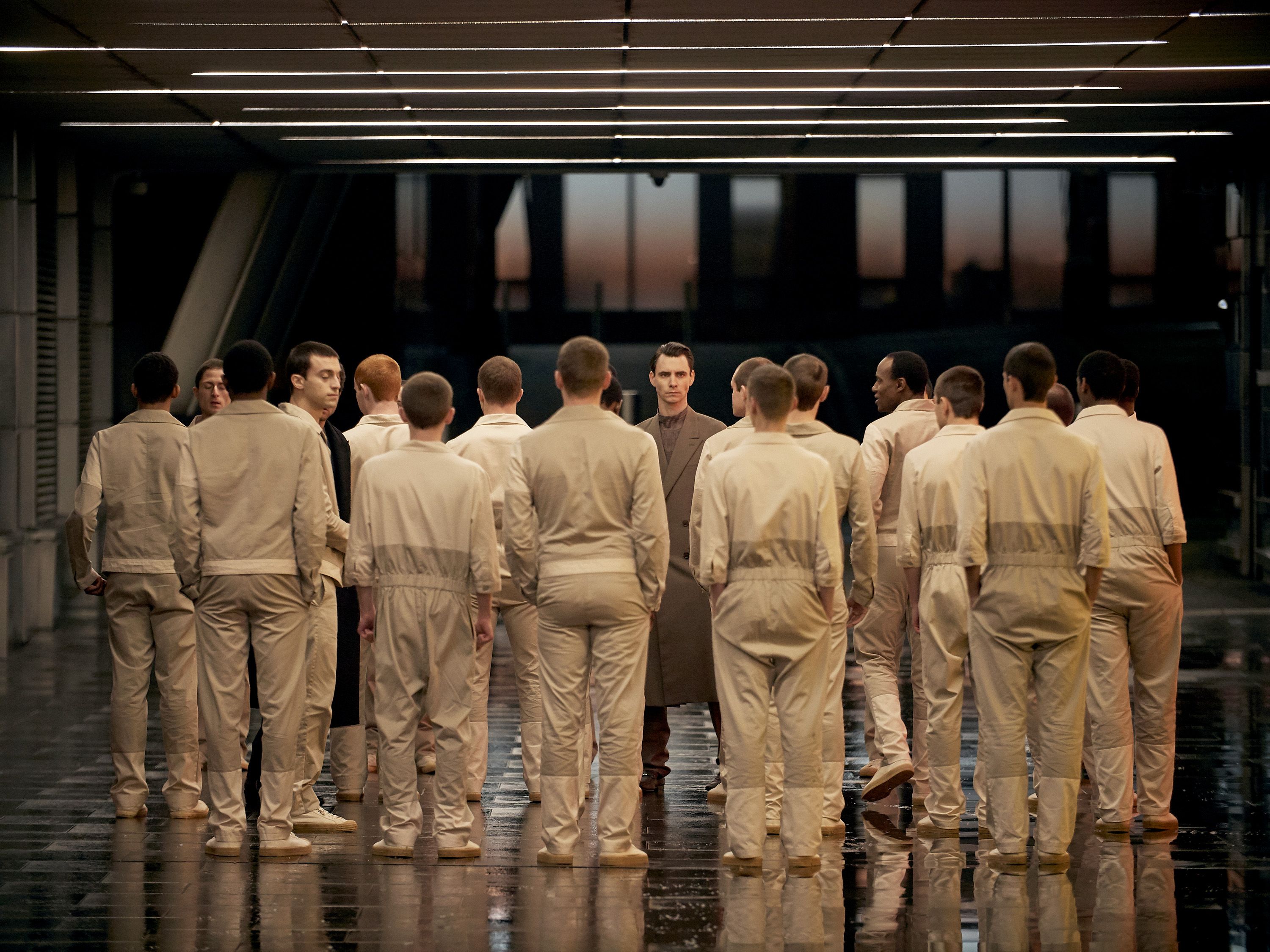

And if the retail value of your order is at least $2,500, you'll save 35% on all your paperbacks. If the retail value of your order is at least $500, you'll save 30%. You'll always save at least 25% on any paperback you order. Keep reading to learn more about Brave New World. Was he particularly insightful about the technological advances and moral setbacks that he presented in Brave New World? Encourage your students to discuss how similar (or different) Huxley’s fictional future society is to today’s reality. In this piece, Huxley reflects on the themes he explored in his novel and evaluates whether or not his predictions of the future came true. As your students read, have them compare and contrast the ways in which each of these three men seek to form their own identities despite an oppressive government.Īfter reading Brave New World, consider reviewing Huxley’s 1958 essay “Brave New World Revisited” with your students.

However, the main characters-John, Bernard, and Helmholtz-all find themselves isolated in this conformist society. In order to maintain stability, the World State conditions its citizens to adhere to specific societal rules. One of the major themes in Brave New World deals with the conflict between the individual and society. A background lesson comparing the characteristics of utopian and dystopian literature may help students better contextualize Huxley’s satirical intentions with this novel. With Brave New World, Huxley intended to parody Wells’s work by exploring the idea of a utopian society gone wrong. Wells wrote a number of utopian novels in which he presented an optimistic view of the future. Set in the year 2540, this classic text explores an imagined future divided into factions and riddled with issues that stem from an attempt to cultivate a perfect society.īefore Brave New World’s publication in 1932, prominent science fiction author H. "Wintriness responded to wintriness." Chills! It feels like I'm reading the book for the first time, and, though it's not getting my number up, I'm ok with that.Aldous Huxley’s Brave New World has become an essential part of many high school curriculums. Only from the yellow barrels of the microscopes did it borrow a certain rich and living substance, lying along the polished tubes like butter, streak after luscious streak in long recession down the work tables.

The overalls of the workers were white, their hands gloved with a pale corpse-coloured rubber. Cold for all the summer beyond the panes, for all the tropical heat of the room itself, a harsh thin light glared through the windows, hungrily seeking some draped lay figure, some pallid shape of academic goose-flesh, but finding only the glass and nickel and bleakly shining porcelain of a laboratory. The enormous room on the ground floor faced towards the north. The second paragraph, describing the Central London Hatchery and Conditioning Centre, had me gasping in awe: It only took the first page for me to realize what I'd missed before. Thus I recently picked up a new copy, ready to try and finally appreciate and contextualize Huxley's satiric vision of a "utopian" future where humans are genetically bred and pharmaceutically anesthetized to passively serve a ruling order. So much was lost on me when i first read it way back in high school, probably because a) it was an abridged version and b) I was an antsy teenager. But, before I could get to any number of the novels I hadn't read, I had to revisit one I had: Brave New World by Aldous Huxley. Feeling demoralized and humbled, I recently printed out the list, determined to conquer them all. To my literary dismay, I'd only knocked down 36 of the 100. A former English major, I tallied up my own number, expecting that I had at least half of them on my bookshelf. Media Platforms Design Team Some time ago the BBC released a list of 100 books, classic and otherwise, and along with it a claim that most people have read only six of them.


 0 kommentar(er)
0 kommentar(er)
